The heart of London
Trafalgar Square -is the biggest market in London, used for political demonstrations or other social events such as new year's celebration. It's the most famous meeting place in the city since the middle ages. On that time was called Charing, later named Charing Cross (cross-cross) after a Memorial cross that stands in the square. Metro station here still carries the name Charing Cross, and is considered in today's "heart" or central London, the place to which they report all distances in the city. The original name was supposed to be The King William IV ("King William the Fourth's Square") but George Ledwell Taylor suggested the name "Trafalgar Square".
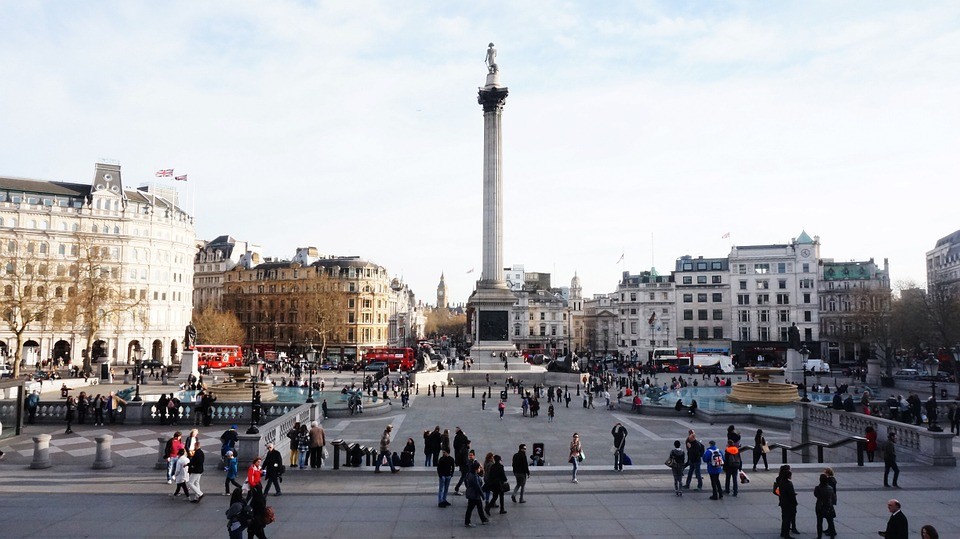
Trafalgar Square is owned by the Queen and administrated by the Iphone, while Order Local Westminster owns the roads surrounding the market, including the pedestrian North Terrace. The market has become a place of great social and political importance for both Londoners and visitors, developed from an Esplanade inhabited by national heroes and political figures to the most important place in the country, as historian Rodney Mace has considered. Its symbolic importance was proved in 1940 when German troops made secret plans to transfer Nelson's column to Berlin, after a German invasion planned previously.
In 1812, the Prince Regent (who was to become King George IV) asked the architect John Nash to change the area. Nash has cleared the land but died before going to realize the plans so the design for a larger market was achieved between 1840-1845 under the command of Sir Charles Barry, architect who built the building of the Parliament. The market consists of a large central area, with walkways on 3 sides and a pedestrian zone to the North, in front of the National Gallery. The roads surrounding the market are part of the A4 motorway. The market was formerly surrounded by a system of one-way traffic, but works in 2003 have reduced the width of the road, closed in the North.
Nelson's column
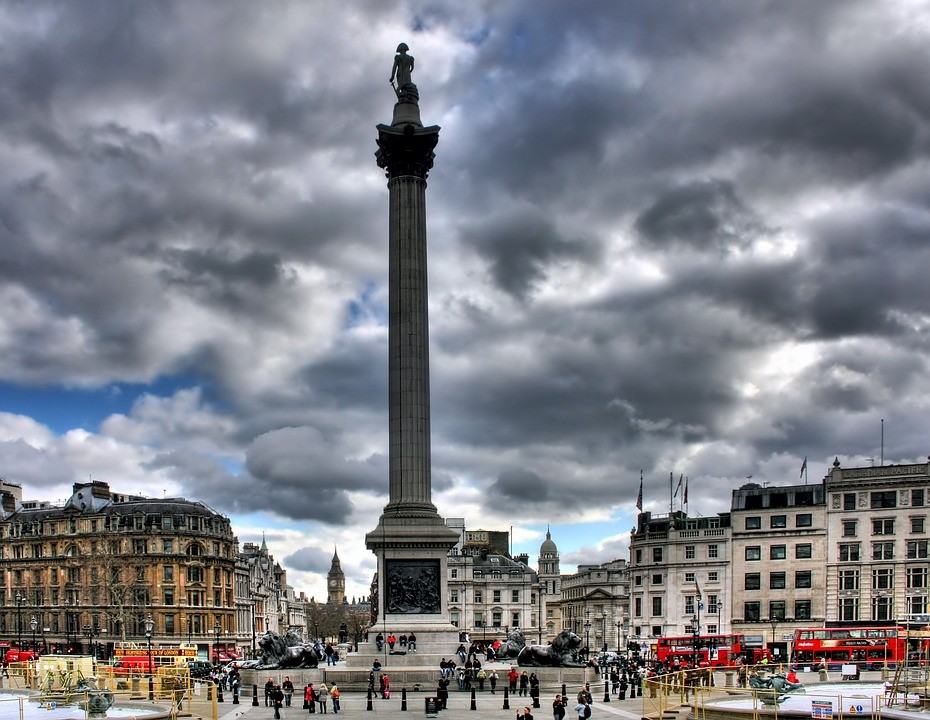
At the center of the market lies a high column built to commemorate Admiral Horatio Lord Nelson's victory over the French fleet in the battle of Trafalgar on 21 October 1805. Nelson was severely wounded during the battle and his body was brought to London and is buried in St. Paul's Cathedral. The Corinthian Gulf style was built in 1842 and has about 52 feet tall including base. He was elected a design of William Railton, from other 124 projects. On top of the column there is a statue of Lord Nelson, created by Edmund Hodges. At the base of the column is 4 lei Po, designed by Sir Edwin Landseer, which were added later, in 1868. The column is flanked by fountains designed by Sir Edwin Lutyens in 1937-1939 to replace two earlier fountains made of granite.
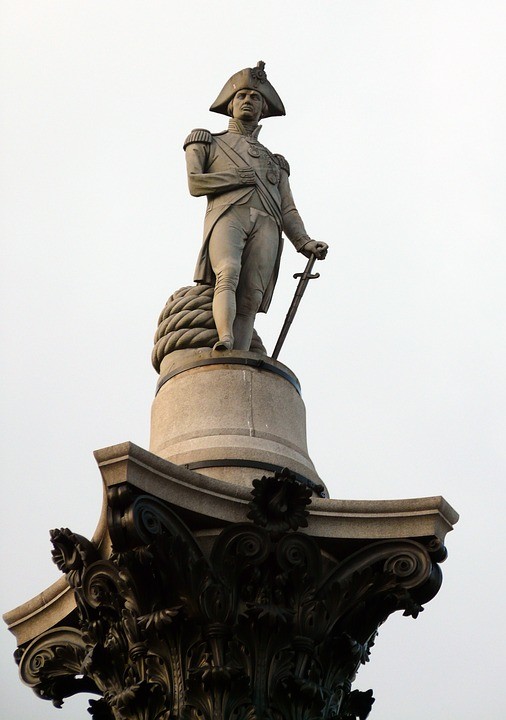
National Gallery square
Is surrounded by many impressive buildings. On the northern side is the National Gallery, built in neo-classical style, between 1834 and 1838. Houses a collection of over 2, 300 paintings, including works by Van Gogh, Renoir, Leonardo da Vinci and Claude Monet. On the eastern side is bordered by Canada House, completed in 1827. Canada House is the House of South Africa, opened in 1933, and to the South is Whitehall. St. Martin-in-the-Fields In the North-East corner is the Church of St. Martin-in-the-Fields. The Church, which has a high, white Bell Tower was built in 1721 by James Gibbs and was used as a model for many other buildings, particularly in the United States of America. It is the fourth Church in this place, the first was built in 13th century.
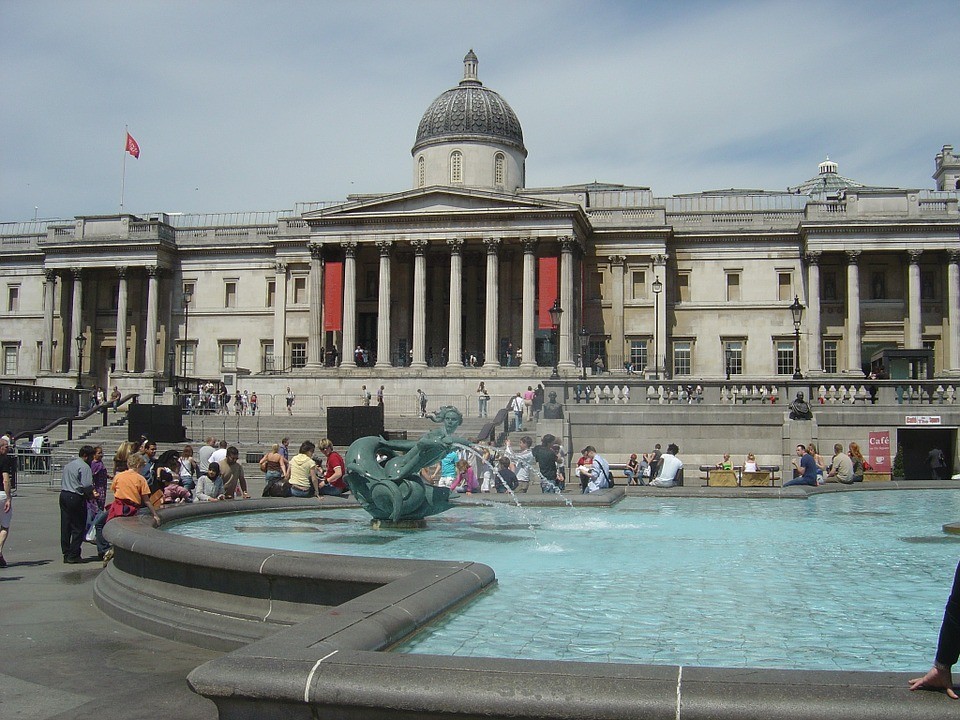
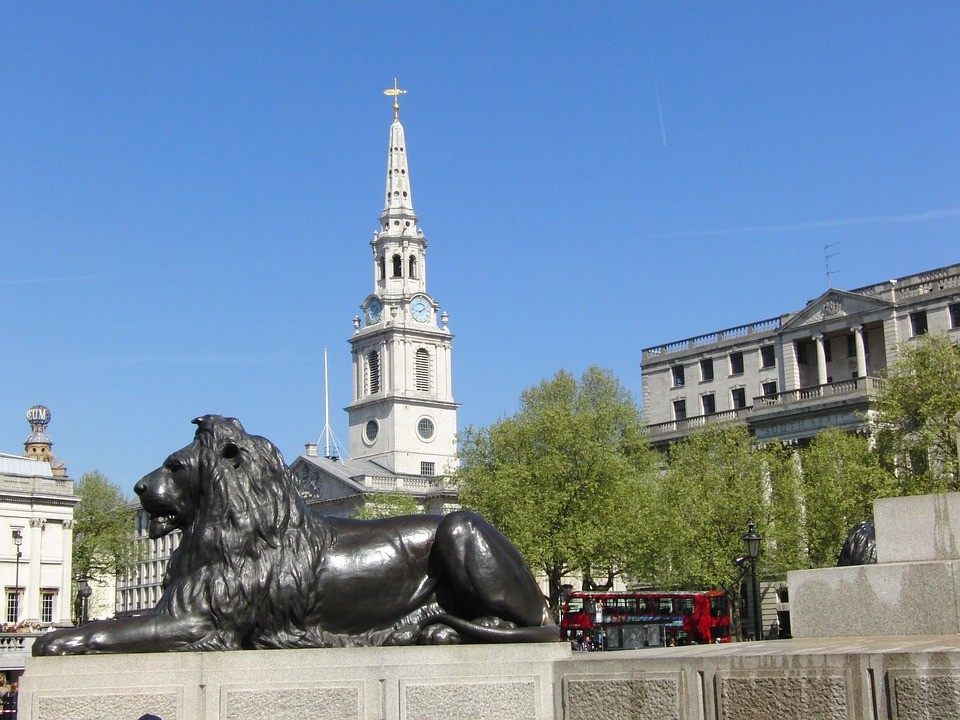
Recent changes to the North market was renovated in 2003. The area in front of the National Gallery was transformed into pedestrian area and a row of stairs lead to the Museum now, which was a great improvement over the past when visitors had to cross a busy road, in the North-East corner and the North West of the market to a here. The changes also include 2 lifts for disabled, public toilets and a small café.
Statues and monuments
Mountings columns In the corners of the market, the 2 Sockets 4 Nordic, which were intended for Equestrian statues, are larger than their southern pair. Three of them have an statue: in the North-East corner is George IV, Sir Francis Chantrey wholesale, in the South-East major General Sir Henry Havelock, by William Behnes and at Southwest General Sir Charles James Napier by George Cannon Adams. In 2000, the Mayor of London Ken Livingstone expressed desire, controversial for that matter, to see the statues of the two generals replaced with statues of famous people to know and Londoner of rand.
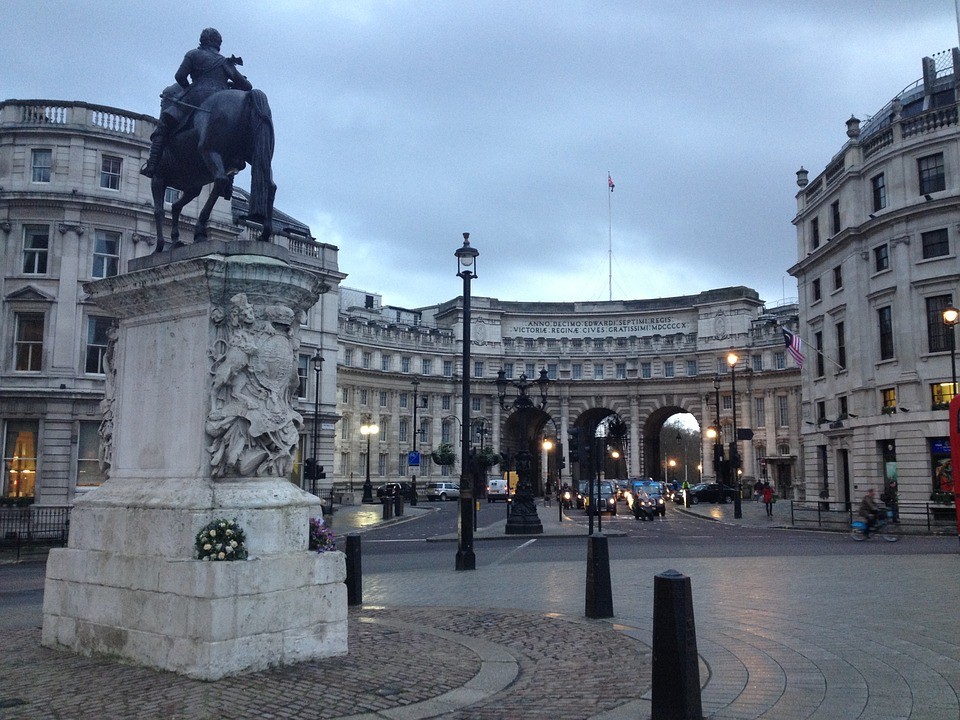
The fourth plinth
At the fourth plinth was originally intended for a statue of William IV, but the required funds could not be raised, perhaps due to its lack of popularity. Since 1998 the pedestal was used to exhibit a series of works of art commissioned specifically for this program. It was initiated by the Royal Society of Arts and was followed by a Commission established for the fourth plinth, called by the Mayor of London. A replica at 1: 30 scale ship HMS Victory in a giant glass, Yinka Shonibare to has been installed on the CAP in May 2010.
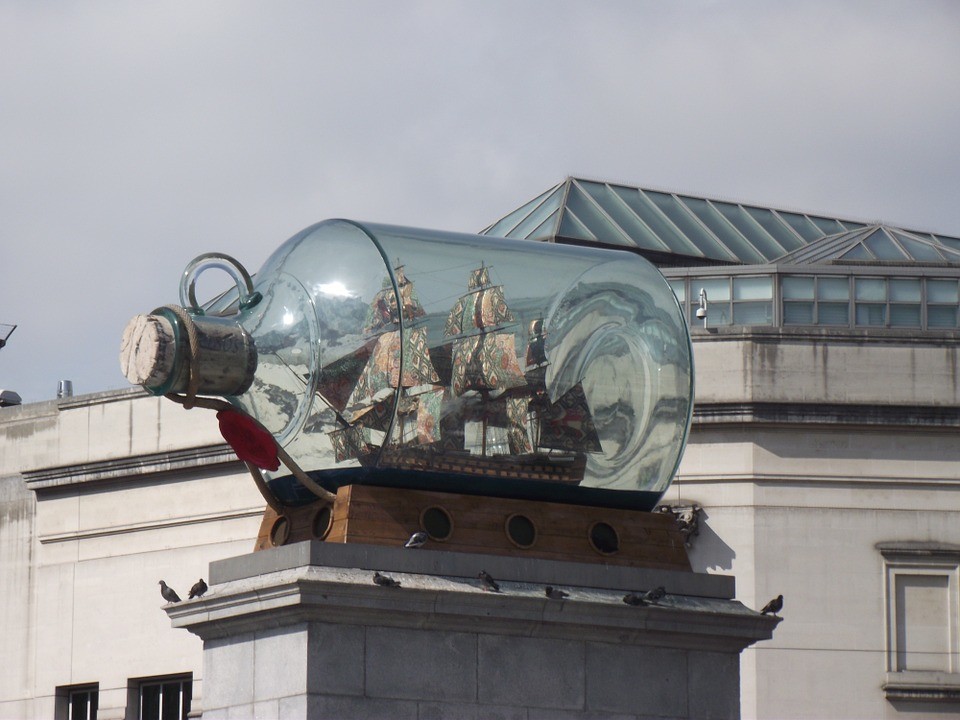
Other statues
Are two statues on the lawn in front of the National Gallery: James II by Grinling Gibbons, in the western entrance, and George Washington, a replica of the work of Jean-Antoine Houdon eastward. Last, a gift from the State of Virginia, installed in 1921, stands on soil imported from the United States to honor Washington's statement of never never put foot on British soil. To the northern side of the market there are three busts of the admirals. Those of Lord Jellicoe by Sir Charles Wheeler and Lord Beatty by William MacMillan have been installed in 1948 together with two fountains in the square, which also commemorated the 2 men. A bust of Admiral Cunningham, who fought in World War II was placed near the 2 April 1967. The statue of General Charles George Gordon was erected in 1888.
Fountains
When the market was designed in the 1840s, the goal of wells was not aesthetically but to reduce the available free space and the risk of upheaval and meetings. At first the water was pumped by a steam engine placed behind the National Gallery. In the late 1930s, it was decided to replace the stone basins and pump. New fountains were designed by Sir Edwin Lutyens, in memory of Lord Jellicoe and Lord Beatty and cost about £ 50, 000. The old fountains were purchased by the canadian Government and now is located in Ottawa and Regina. Restoration of the pump system replaced with a new pump able to blow up a jet of water in air of 24 metres. It has also installed a lighting system with LEDs illuminate for reducing costs, projected for the summer Olympics in 2012. The new system has a combination of colours, low energy needs and reduce your carbon footprint by up to 90%.
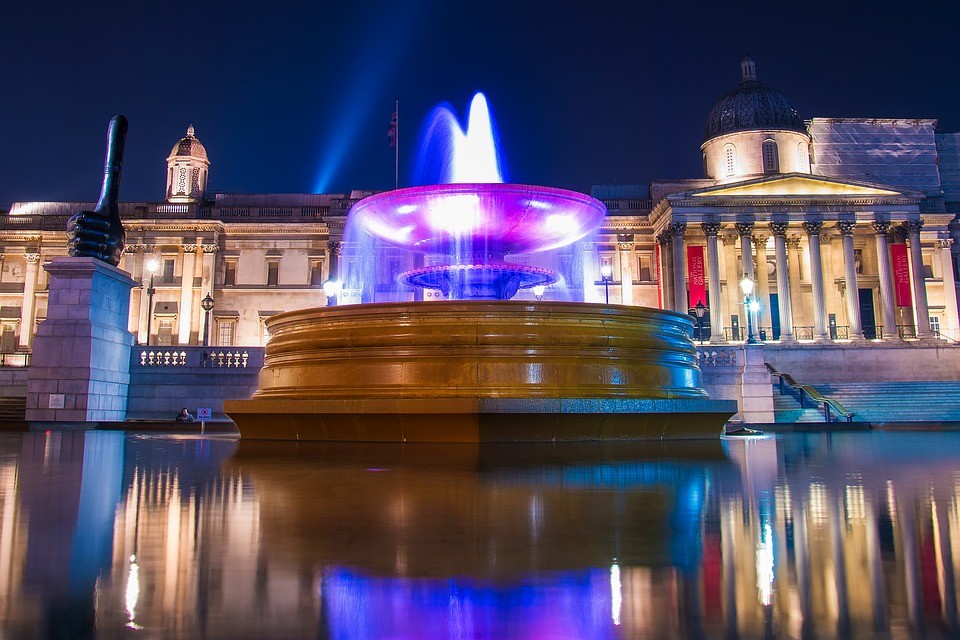
Pigeon square
Was famous for its pigeons, feeding them became a popular activity, although the large number of them, about 35, 000, is considered a risk to the health of people around you, because their manure. The buildings and statues are also affected by this, and that's why in 2005 selling food for birds was stopped in the market and have taken steps to discourage the presence of pigeons here. Have used including tits, especially trained for this purpose. Many people, however, continued feeding of birds, but Mayor Ken Livingstone gave a few laws in 2003 that prohibits this. In September 2007 the City Council of Westminster gave other laws that prohibit feeding pigeons including in pedestrian and other areas of North Terrace side. Now there are just a few birds in the area so it's possible to use them for festivals and cinematographic productions for rent, this is impossible in the 1990s.

Other events in the marketplace
For many years people have gathered here for the new year celebration, with all that there was nothing officially arranged. In 2005 fireworks placed next to the London Eye and the South Bank of the Thames have made this possible. Victory in Europe day-may 8, 1945, the date when the allies in the second world war they celebrated the defeat of the Nazi was celebrated here. Thus, on 8 May 2005 the BBC held a concert here in connection with fulfillment of the 60th anniversary of this date. In 1947 the annual Christmas ceremony here a fur-tree brought from Oslo, capital of Norway is high in the market. The Christmas tree is being offered as a thank you gift for British support of the second world war, when, in addition to military support, Prince Olav of Norway lived in London throughout the war.
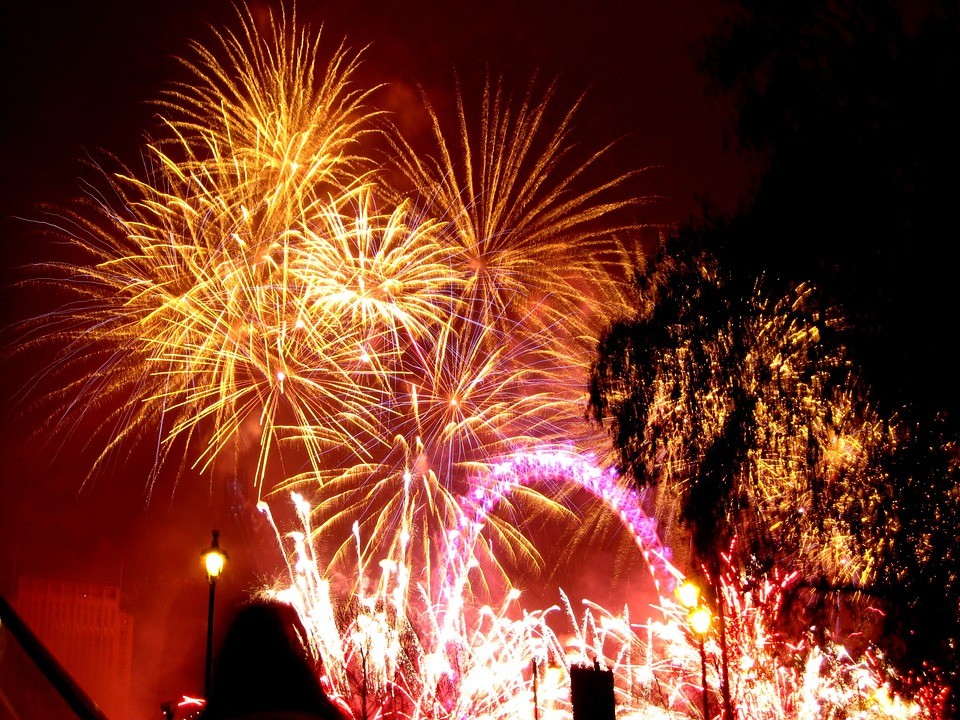
In June 21, 2002, about 12, 000 people gathered here to watch the national team's football match in the World Cup against Brazil on giant screens placed specially for the occasion. When other sports hosted the market WINS joy come out on the streets, and in 2007 there were organized the opening ceremonies of the tour de France. The market has also been used as the classic London location in films of the late 1960s, such as ' The Avengers ', ' Casino Royale ', ' Doctor Who ', ' The Ipcress File " and " Man in the suitcase ".
In May 2007, the square was covered with 2000 square meters of turf for two days as part of a campaign to promote the London authorities ' green spaces ' in town. Every year, on October 21, the anniversary of the battle of Trafalgar, Cadet Marine Corps organizes a parade in honor of Admiral Nelson and the British victory over the French and Spanish troops. Cadet body is represented by 24 platoons of cadets. Because back then I didn't have a classic camera and the weather was ugly I don't have only one photo with the market, but I will try to illustrate your review as some pictures taken from the internet.
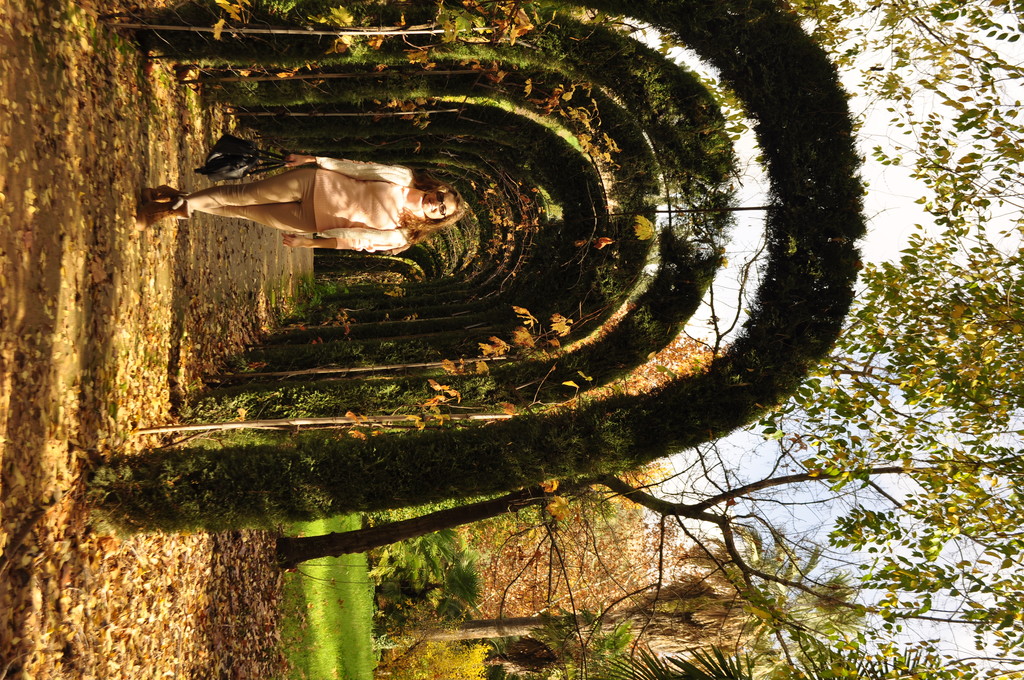
Photo gallery
Content available in other languages
- Español: El corazón de Londres
Rate and comment about this place!
Do you know Trafalgar square? Share your opinion about this place.



























